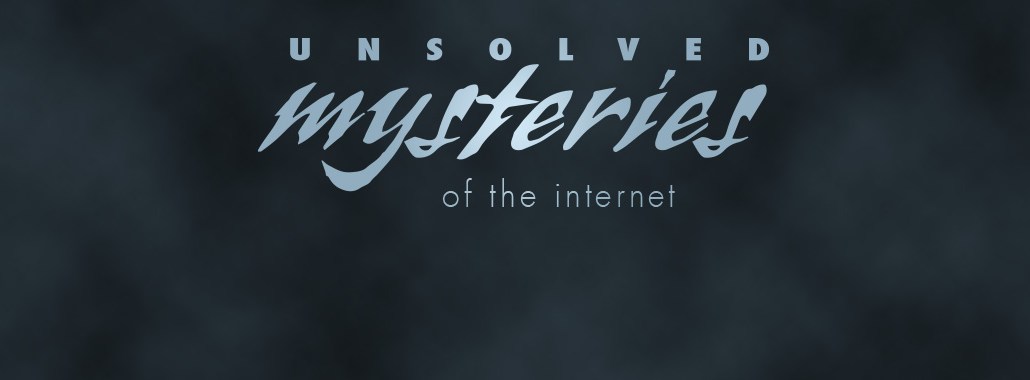Save 50% on a 3-month Digiday+ membership. Ends Dec 5.

Online video may offer convenient access for most programs, but you still can’t always get what you want.
Despite the growth of OTT and TV Everywhere, many movies and TV shows are still not legally streamable — and are unlikely to be so anytime soon. These programs are left in the digital dust due to a lack of foresight around digital rights, in-fighting at media conglomerates, confusion over estate ownership and lack of marketable audiences.
In this edition of “Internet Mysteries,” we break down why many videos aren’t streamable yet.
Rights hurdles
Classics like “Casablanca” and “I Love Lucy” are easy to find online through either a video-on-demand or a subscription service. But niche entertainment from old TV movies, cancelled shows and box office bombs can only be found online through torrents and unsolicited uploads on obscure websites. Even mildly popular shows like “Walker Texas Ranger” and “Chico and the Man” offer no legal streaming options despite running for several seasons.
Sources told Digiday that the lack of streaming primarily comes down to rights. For a long time, rights have passed through “windows” (e.g., a film is released in the theater, then it comes to DVD, then it comes to cable stations, etc.), and digital streaming was either the last window in the series or not even thought of in negotiation. So many shows might not be streamable simply because cable TV or DVD rights holders still maintain exclusive distribution from deals that were made years ago.
Studios (and not networks) are usually the original holders of distribution rights. Although the studios and networks are often owned by the same conglomerate and that conglomerate has its own DVD, TV and digital divisions, that doesn’t necessarily reduce the windowing problem. A former network exec told Digiday that it isn’t unusual to see the DVD rights division hold on for exclusive access for as long as it possibly can, even if it means that the digital division from the same parent company suffers.
“There can be tremendous in-fighting,” the exec said. “The companies that own stuff can be so fucked up politically.”
Ad position: web_incontent_pos1
Sources also noted that some shows might not be streamable because whoever owns the rights is holding out for a better deal. There are also cases where the rights holder doesn’t make the program available online because they want people to forget that the program ever existed. For example, it isn’t coincidence that “Song of the South,” a Disney-produced film that has been accused of being racist, hasn’t been made available for digital consumption.
Estate issues
With most contracts, the rights revert back to the content creator after a set number of years, said TV industry analyst Alan Wolk.
Older creators may not be aware of the revenue potential from digital streaming, and they might also be suspicious of the internet in general. It is also possible that the creator has died and the rights got passed through their estate.
Once estates are involved, streaming deals can get shelved for a variety of reasons, Wolk said. If inheritors are fighting, it can be difficult to ascertain who exactly holds the rights. It is also possible that the inheritors have a complicated relationship with the program, so they might not want to increase its accessibility online even if there is money to be made from the deal. The inheritors might also just feel that it isn’t worth the hassle to set up a deal.
Audience makeup
Entertainment lawyer Mark Litwak points out that young audiences, which are more attractive to most advertisers, aren’t usually attracted to older shows. On top of that, about 40 percent of senior citizens do not use the internet, and of those who do, only about 60 percent share video online. In other words, there isn’t a large demand to stream shows like “Danger Island.”
Ad position: web_incontent_pos2
But even though the audiences for individual shows may be small, there is a low barrier to entry to digitize files and upload them to Amazon or YouTube behind a paywall, Wolk said. There are entire channels on Roku devoted to older niche programs that are monetized through pre-rolls. The revenue from these kinds of programs isn’t very lucrative, but it tends to outweigh the low cost of acquiring the programs, he said.
“There are all sorts of reasons [why videos aren’t streamable],” Wolk said. “But very few are based on business.”
More in Future of TV

Future of TV Briefing: The streaming ad upfront trends, programmatic priorities revealed in Q3 2025 earnings reports
This week’s Future of TV Briefing looks at what TV and streaming companies’ latest quarterly earnings report indicate about the state of the streaming ad market.

Future of TV Briefing: The creator economy needs a new currency for brand deals
This week’s Future of TV Briefing looks at why paying creators based on reach misses the mark and what IAB is doing to clear up the creator-brand currency situation.

Future of TV Briefing: WTF is IAB Tech Lab’s device attestation tactic to combat CTV ad fraud?
This week’s Future of TV Briefing breaks down the CTV ad industry’s new tool for fighting device spoofing.
Ad position: web_bfu
